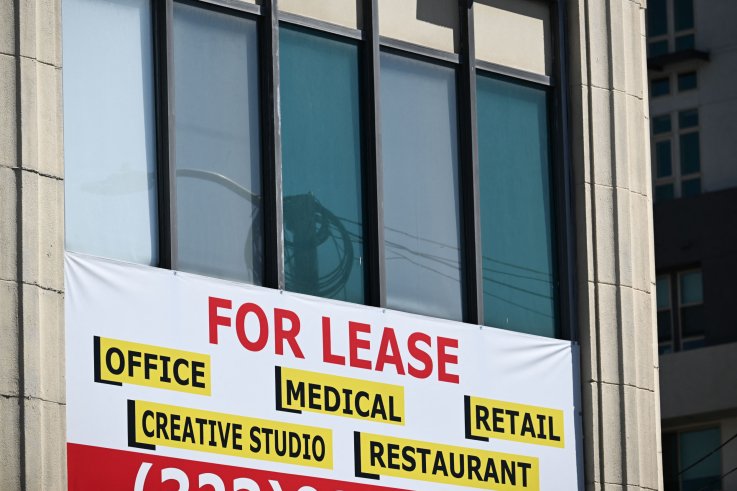Robust job growth in September pointed to a resilient U.S. labor market despite an environment of elevated interest rates. But high borrowing costs are putting significant pressures on key sectors of the economy, such as the commercial real estate market, said Lawrence Yun, chief economist at the National Association of Realtors.
The U.S. Bureau of Labor Statistics said Friday that employers added 336,000 jobs in September, with gains seen across sectors led by the leisure and hospitality industry. Government bodies also added jobs in addition to health care and professional services sectors.
The Federal Reserve has been hiking rates for more than a year in an effort to slow down the economy and arrest historic high levels of inflation. The jump in rates has pushed up borrowing costs on everything from mortgage to auto loans to business investment.

Yun said high jobs numbers revealed on Friday may not be capturing the whole picture of what is going on in the economy.
“The job market continues to crank out jobs in high figures: 336,000 in September and over 4 million more compared to pre-COVID-19 March 2020. It does not mean all is well,” he said in a statement shared with Newsweek. “The jobs data, however, is considered a lagging indicator as the firms will only make a job cuts decision after having cut costs in other areas.”
When looking at the housing market, the situation looks dire, Yun suggested.
“Commercial real estate, in particular, is flashing warning signs. Net leasing on retail and warehouse spaces is slowing,” Yun said. “The office sector is continuing to bleed with rising vacancy rates. Community banks, many with exposures to commercial real estate, are watching their balance sheets carefully.”
Commercial real estate is having to navigate an environment of a changing culture of work plus a jump in rates, according to Morgan Stanley analysts.
“The anemic return to the workplace in the U.S. has resulted in many once-bustling office towers now operating at half capacity, putting pressure on developers who need to pay back their loans or refinance at higher rates,” they wrote in a note in August. “The total outstanding debt for real estate stands at $1.8 trillion with some $165 billion coming due this year.”
Earlier this year, Lisa Shalett, chief investment officer for Morgan Stanley Wealth Management, wrote that the value of commercial real estate could plunge by as much as 40 percent.
“Commercial real estate, already facing headwinds from a shift to hybrid/remote work, has to refinance more than half of its mortgage debt in the next two years,” Shalett said.
The potential of another Fed rate hike in November would add more pressure to the sector. Last month, Fed Chair Jerome Powell and policymakers suggested the federal funds rate would stay above 5 percent through next year and could begin to come down to a little under four percent in 2025 and drop to 2.9 the following year.
“Soft landing is a primary objective,” Powell said, referring to a situation where the economy slows after the rate hikes without too much damage to the labor market as the inflation rate moderated. “That’s what we’ve been trying to achieve.”
Yun suggested that with inflation slowing, perhaps the Fed could rethink its high rates posture.
“The fast-rising interest rates are breaking several sectors of the economy,” Yun said. “The remaining sectors will also likely crack if the rate hikes continue.”
The core personal consumption expenditures (PCE), which captures different types of consumer expenses, such as food, housing and car costs, is a key metric that the central bank looks at when gauging how inflation is doing. PCE reduced to 3.9 percent in August from 4.3 the previous month, excluding food and energy, a decrease that Yun says doesn’t indicate a need for another rate hike.
“Given that the inflation rate is already cooling, the Fed needs to stop raising rates and strongly consider cutting interest rates next year,” Yun said. “That would be the soft landing without the net job cuts to the economy.”
This content was originally published here.
